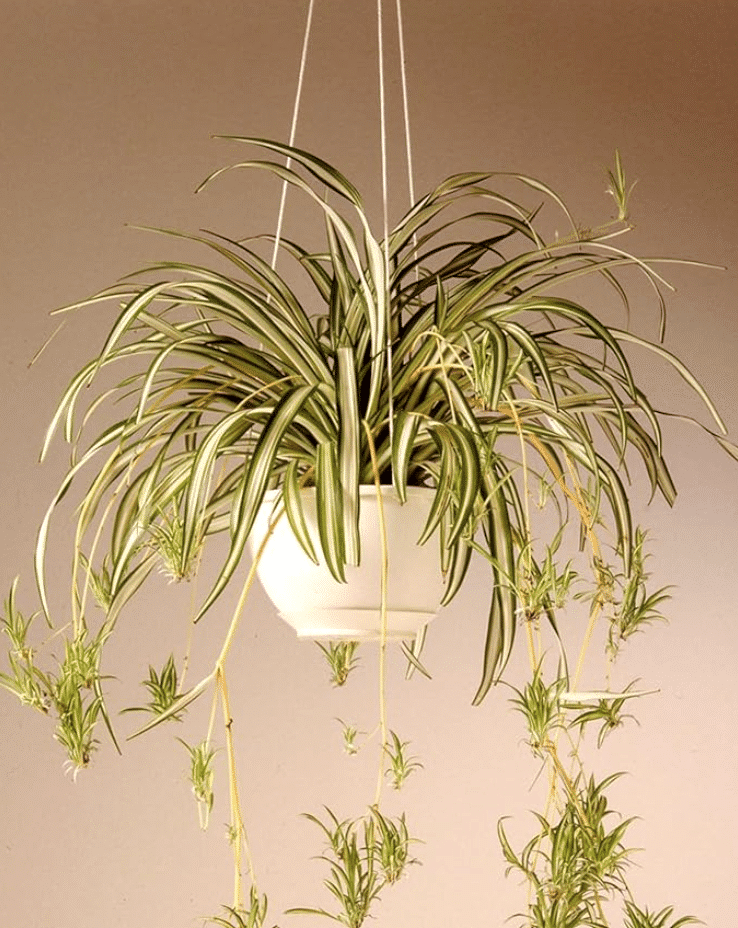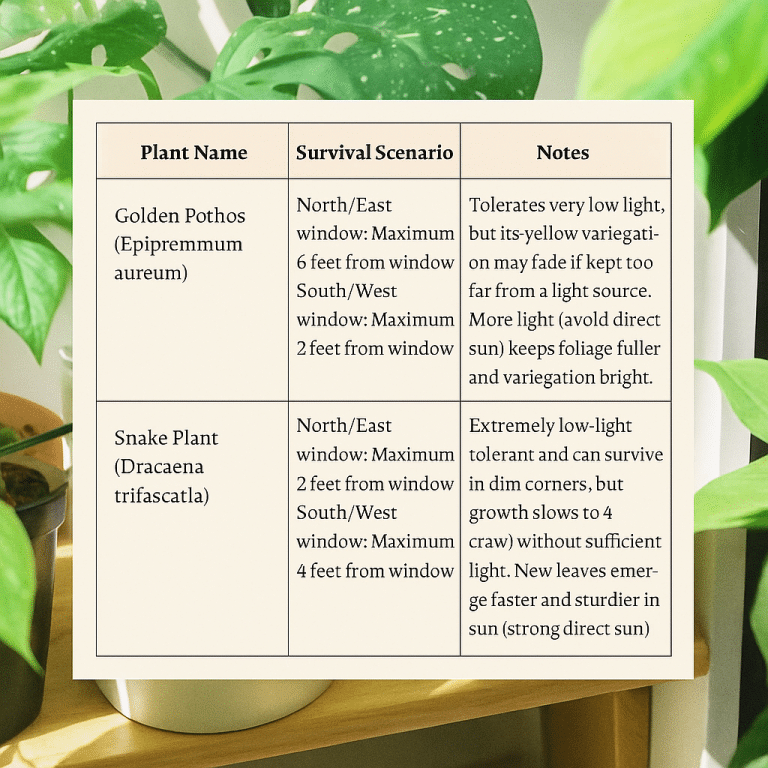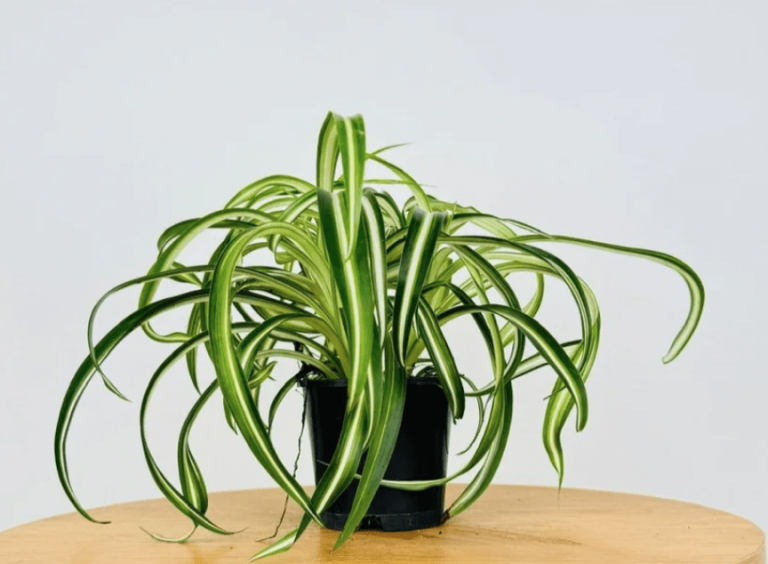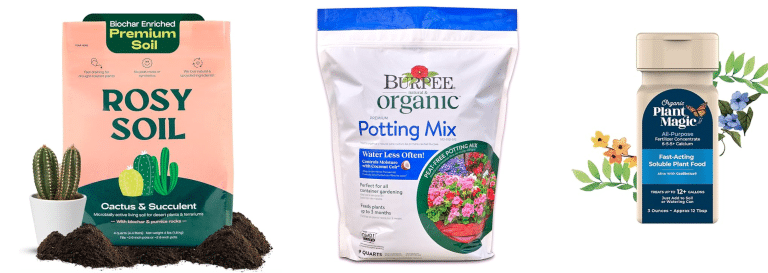How to style trailing houseplants on shelves Mantels and walls
Learn how to style trailing houseplants on shelves, mantels, and walls—creative ideas from our Brooklyn community home that blend beauty and balance.
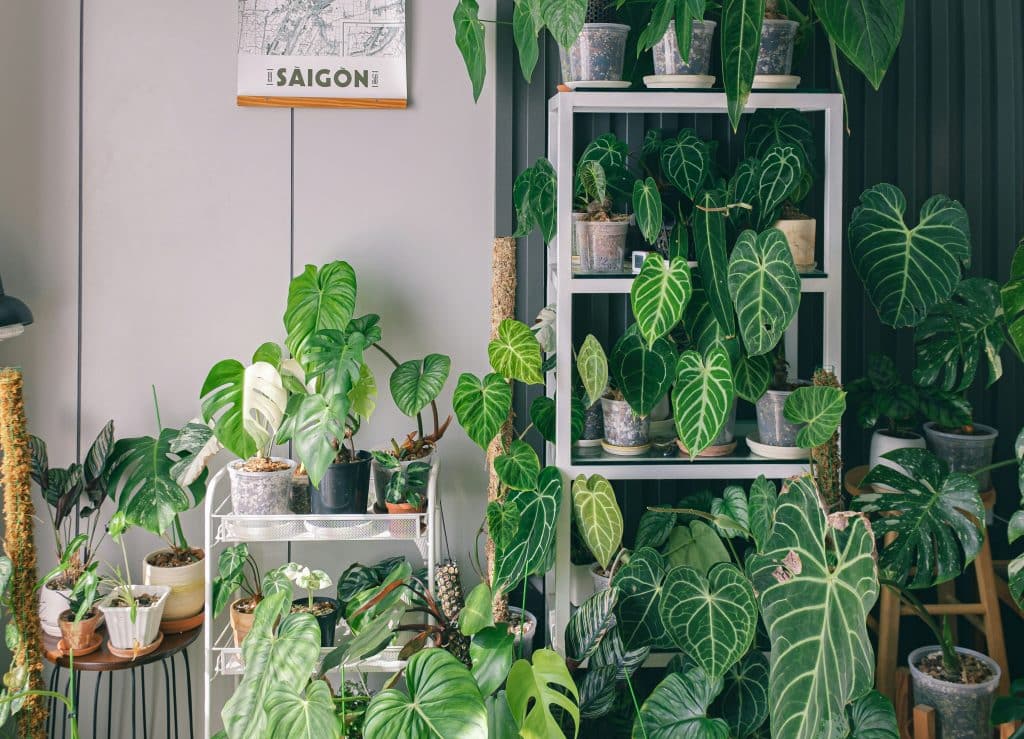
When you purchase through links on our site, we may earn an affiliate commission, which helps sustain our blog!
Trailing indoor plants aren’t just plants—they’re living art. Whether you’re working with a tiny apartment shelf or an oversized mantel, the right trailing greenery can completely transform a space. We’ve styled them in every possible spot—some were total wins, others… not so much. But through it all, we’ve figured out what really works.
In this guide, we’ll walk through how to style trailing houseplants on shelves, mantels, and walls, with practical tips, DIY-friendly ideas, and plant picks that thrive in different setups. Whether you love a minimalist look or want a cascading jungle vibe, we’ve got you covered.
Best Trailing Plants for Shelves, Mantels, and Walls
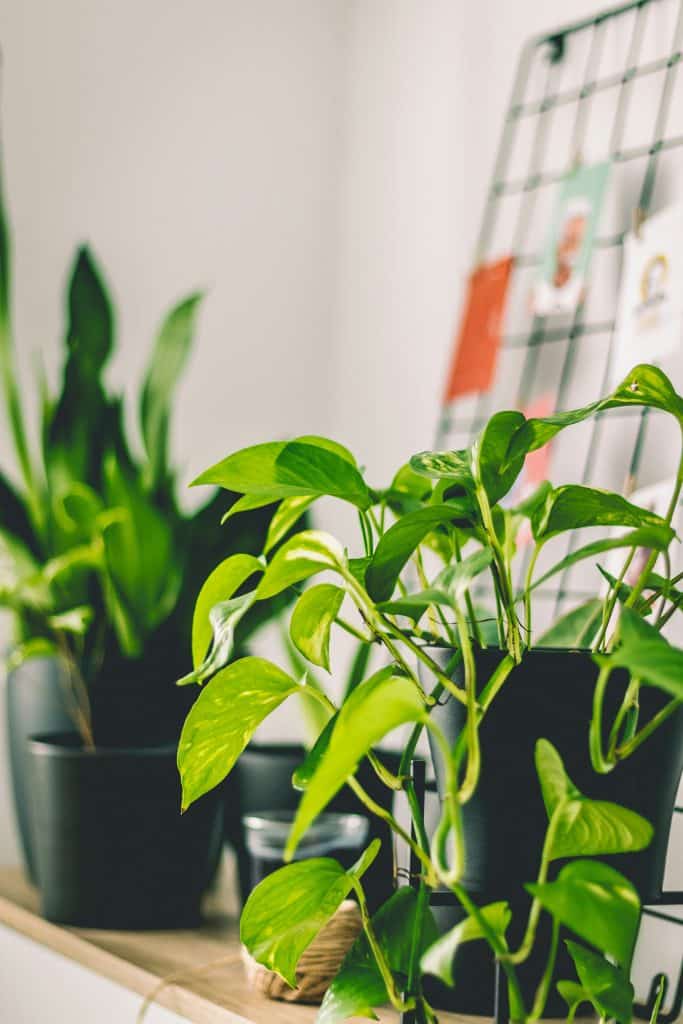
Compact or structured plants that drape neatly without overwhelming space
- Heartleaf Philodendron – adaptable, controlled growth
- Peperomia Hope – low-growing, succulent-like vines
- Tradescantia Nanouk – colorful with short, trailing stems
- English Ivy (Hedera helix) – good for tight shelf corners
- Golden pothos – for low light corners
Styling Trailing Plants on Shelves
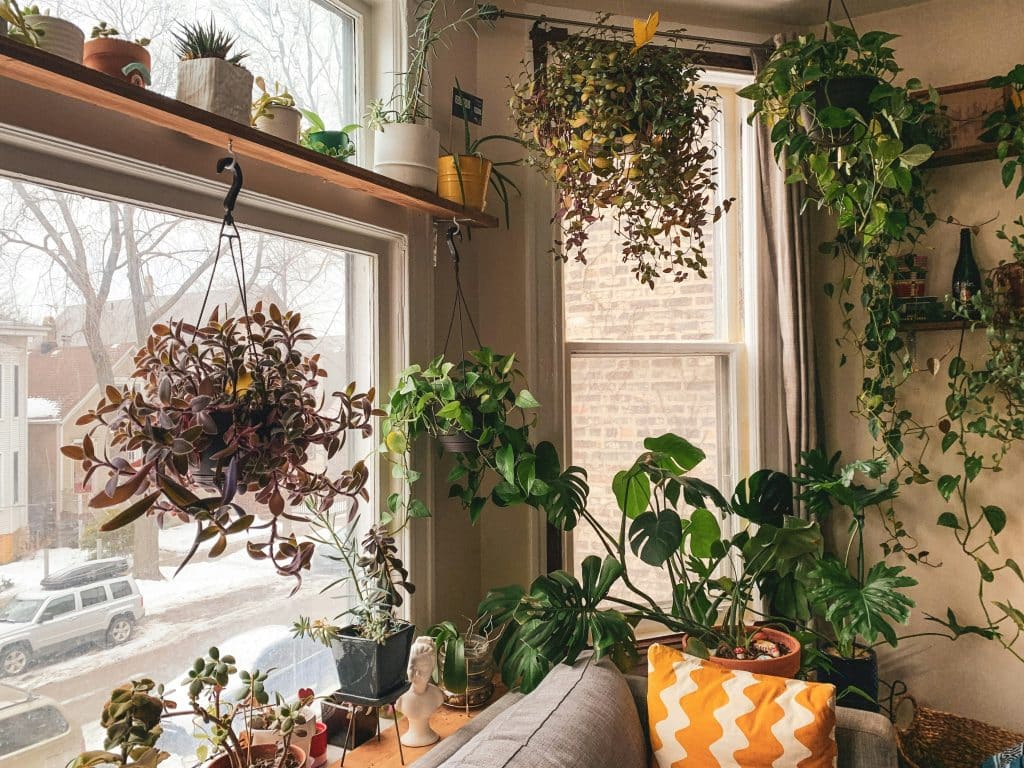
Use Odd Numbers and Vary Trailing Lengths
We’ve found that shelves look best when styled in odd numbers—groups of three or five tend to feel more natural than even groupings. But numbers aside, variety is everything. We mix long, dramatic vines like pothos or heartleaf philodendron with shorter trailers like string of turtles or a young tradescantia to keep the eye moving across the shelf.
Mix Trailing with Upright Plants or Decor for Contrast
Too many trailers in one spot can feel a little chaotic. We like to break things up by mixing in upright plants—like a ZZ or snake plant—or simple decor like vases, ceramics, or framed art. The contrast in shape and height adds structure and gives the trailing plants room to shine.
Let Vines Cascade from Different Levels
If your shelf setup has multiple tiers, stagger your plants to let the vines cascade from different heights. It creates a sense of flow and draws the eye down the vertical space. We especially love when a vine from an upper shelf dips toward a plant on a lower one—it makes the whole display feel layered and lush.
Tuck Vines Behind Objects for a Lived-In Look
Sometimes we let the vines take over a little—curling behind candle holders, weaving through books, even looping around a decorative bowl. It softens hard lines and gives the sense that the plants have grown into the space naturally. You can use discreet hooks or clips if you want more control without looking too styled.
Rotate for Even Growth and Prevent Flat Backs
This one’s simple but makes a huge difference. We rotate shelf plants every week or so—just a quarter turn—so they don’t grow lopsided or get flat on one side. Especially with shelves near windows, it helps keep vines growing evenly and encourages fuller, more balanced growth.
Read also: Our guide to the training trailing plants to climb
Creative Ways to Use Wall Space for Trailing Plants

Macramé Hangers and Wall-Mounted Planters for Vertical Impact
We love a good macramé hanger—it’s functional, stylish, and adds instant texture to a wall. Whether we hang one in a corner or cluster a few at different heights, they’re a go-to for small spaces where floor or shelf space is limited.
Wall-mounted planters work similarly but give you more structure, especially for heavier pots or those with built-in water trays. We’ve used them near windows and even along hallway walls to create that soft, leafy cascade.
Floating Shelves and Brackets with Hook Systems
Floating shelves aren’t just for books. We’ve turned ours into mini plant displays by installing small hooks underneath the shelf lip—perfect for supporting vines as they trail or guiding them sideways. Brackets with built-in rings or loops can hold lightweight hanging pots too. It’s a great way to create dimension on the wall without adding a lot of weight or bulk.
Training Vines Across Wall Grids, Wire, or Frames
For a little DIY fun, we’ve tried training pothos and philodendrons across metal grids or stretched wires. It’s amazing how fast vines will grab on if you help them out with a few clips. Even an old picture frame turned into a trellis can make a cool statement piece. We space out the ties every few inches to keep growth controlled but still natural-looking.
Living Wall or Moss Board Options for a Bold Statement
If you’re ready for a showstopper, a living wall is where it’s at. We’ve experimented with small-scale moss boards—just a wooden frame with coco liner or sphagnum moss and a few trailing plants—and the effect is lush and sculptural. Full living wall systems are more complex (and pricey), but even one panel can make a big visual impact in a hallway or dining nook.
Prevent Leaf Scorch: Keep Out of Harsh Direct Light
Wall-hugging plants get more sun exposure than we sometimes realize, especially if the wall reflects light. Stick to east- or north-facing spots or use sheer curtains to soften strong rays. Bright, indirect light keeps leaves vibrant and vines happy.
Styling Tips by Room Type
Living Room
Use trailing plants to frame focal points like a mirror, TV, or large window. Position vines so they draw the eye outward or downward, creating softness around sharp corners or electronics. Choose fuller varieties like pothos or heartleaf philodendron for living rooms!
Kitchen
Maximize vertical space by letting vines trail from open shelving or upper cabinets. Trailing herbs like oregano and thyme can thrive here, especially near a sunny window. Just keep them clear of stovetops or steamy areas to avoid heat stress!
Bathroom
This is the perfect spot for humidity-loving trailers like English ivy, ferns, or tradescantia. Drape them over towel bars, window ledges, or wall hooks for a spa-like touch. Make sure there’s enough indirect light—even artificial light can work if natural light is limited. We love plants in our bathrooms!
Bedroom
Keep things cozy by hanging trailing plants on either side of the bed or placing them on window ledges. Stick with varieties that won’t overpower the space—string of hearts, satin pothos, or peperomia are great choices. Avoid placing them too close to your face while sleeping to keep the air clear and the styling subtle.
Entryway
Create an inviting first impression with cascading greenery on consoles, shelves, or even mounted near the door. Use trailing varieties with a strong silhouette like philodendron micans or golden pothos. Be sure your planter has a tray or liner—this area often gets overlooked when watering.
Mistakes to Avoid When Styling Trailing Plants Indoors
Choosing Plants That Don’t Match the Light or Humidity
Always choose trailing plants that match the conditions of your space. For example, string of pearls needs bright light and low humidity, while ferns need more moisture and less direct sun. Putting the wrong plant in the wrong spot usually leads to yellowing leaves, slow growth, or worse—no growth at all.
Overcrowding or Blocking Vents and Light Sources
Avoid placing too many plants close together or in front of essential light sources. Crowding can limit airflow and lead to pest issues, while blocking vents or windows can hurt both your plants and your comfort. Keep at least a few inches of space between each plant to let them breathe and receive light evenly.
Using Planters Without Drainage or Surface Protection
Always use planters, and hanging baskets with drainage holes—or at the very least, add a layer of stones and a liner. Without proper drainage, trailing plants are highly prone to root rot. And if your pot sits directly on a wooden shelf or mantel, use a protective saucer or tray underneath to avoid water stains or warping.
Not Securing Planters Properly (Especially on Walls)
Wall-mounted pots and hanging planters need to be safely anchored to prevent accidents. Use the right weight-rated hardware and avoid overloading shelves or hooks. A fallen plant not only creates a mess—it can damage your wall or even hurt someone.
Letting Vines Get Tangled or Too Long Without Pruning
Prune regularly to keep vines looking neat and to encourage fuller growth. Unchecked vines can get tangled in furniture, block light to their own leaves, or become heavy and snap at the stem. Light pruning every few weeks helps you control the shape and health of the plant.
Conclusion:
Styling trailing houseplants isn’t just about looks—it’s about creating a space that feels alive, cozy, and uniquely yours. Whether you’re tucking vines around books, framing your mantel with greenery, or hanging planters on your wall, it’s all about balance, intention, and a bit of plant-parent intuition. Play around, rotate often, and have fun with it—there’s no one “right” way to do it. Your home’s already beautiful. Now let the vines do their thing!

